
How to Sustainably Experience Whale-Watching in Tenerife
How to Sustainably Experience Whale-Watching in Tenerife
The mystical island of Tenerife boasts some of the most spectacular landscapes and wildlife in the world. Between the peaks of Mount Teide to While Tenerife is home to incredible forests, volcanos, and beaches, Tenerife’s ocean is arguably even more special. Right off of the coast of Tenerife lies the Teno-Rasca: a strip of sea that is home to fantastic marine life.
Most importantly, the Teno-Rasca is Europe’s very first Whale Heritage Site!
So, what in the world is a Whale Heritage Site??
The Whale Heritage Site is a designation by the World Cetacean Alliance that recognizes destinations with outstanding whale and dolphin wildlife and cultural connection to cetacean species.
This special accolade could only indicate one thing–Tenerife is home to some amazing marine life!
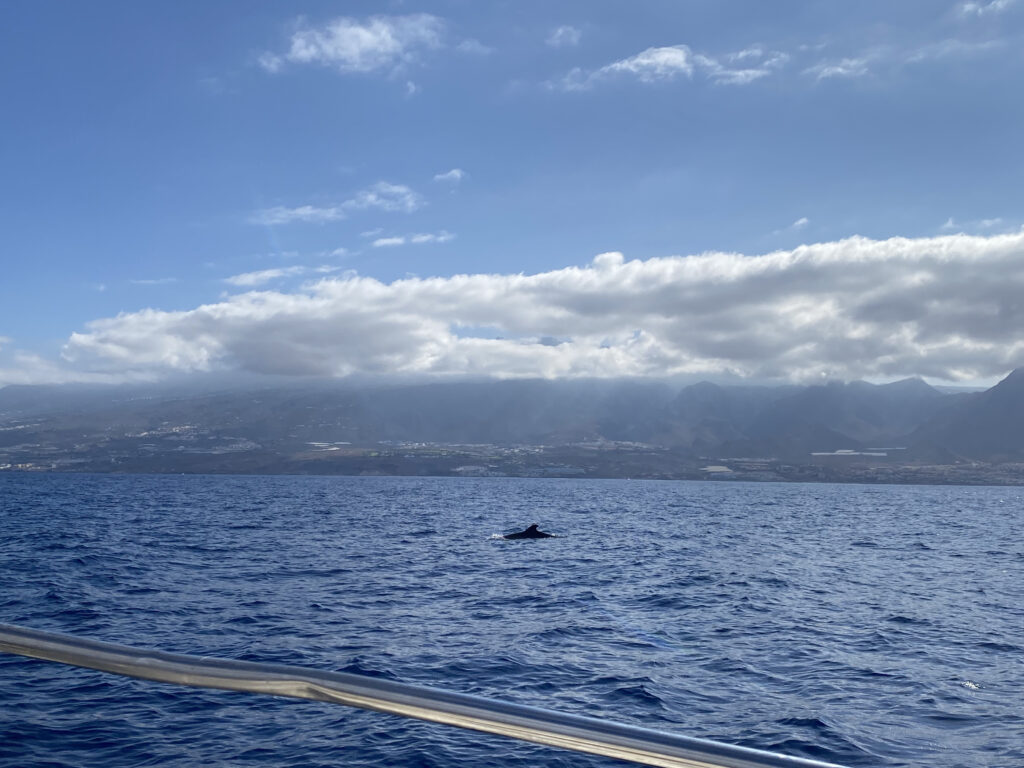
What’s special about whale watching in Tenerife?
Tenerife is home to spectacular marine life including whales, sea turtles, and dolphins. The Teno-Rasca (the strip of ocean between Tenerife and La Gomera islands) is home to over twenty-two registered cetacean species, Loggerhead turtles, and endangered sea grass. Tenerife is also home to resident short-finned pilot whales (or pods that live in the area year-round), and is one of the only places in the world to boast such a special fact.
The Teno-Rasca is also considered one of the most significant corridors for whale migration in the world!
In addition to being named Europe’s first Whale Heritage Site by the United Nations, it is also recognized as a Special Area of Conservation under Spanish Law. This means that the law grants special protections over this area regarding recreational activities and boating practices.
With all of its spectacular marine life, it’s no surprise that whale watching is one of the most popular activities to do in Tenerife.
The Reality of Tenerife’s Marine Tourism.
While Tenerife’s magnificent marine life attracts thousands of visitors each year, the island’s mass tourism comes at a significant cost.
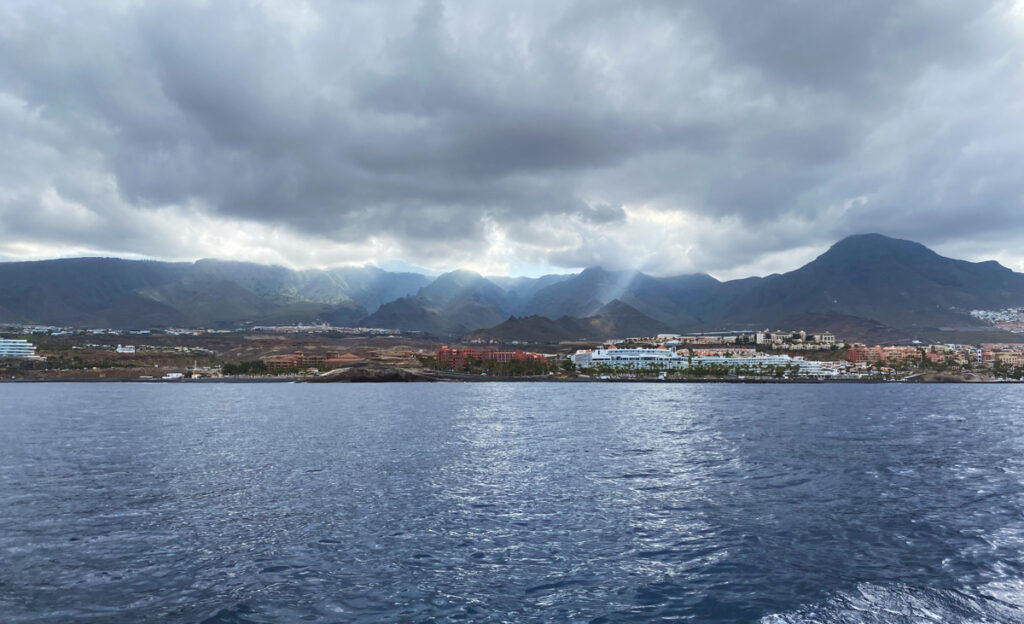
Coastal tourism overdevelopment and unsafe and unsustainable tour boat operations have caused significant disturbances to local marine ecosystems. Much of the island’s unchecked mass tourism development has put overwhelming pressure on the natural environment, leading to negative effects on local marine wildlife like whales, turtles, and dolphins.
Today, we know now that our travels can greatly affect the planet, and we should all strive to minimize the harm that our lifestyles inflict on host destinations.
So if you’re looking to ethically and sustainably see whales in Tenerife, read on.

Why choose ethical/sustainable whale watching tours?
While there are plenty of opportunities to visit the whale-watching boats, not all of them are equal.
In fact, most tour operators do not follow sustainable or ethical guidelines when visiting Tenerife’s whales. Oftentimes, they disturb, scare, or even hit marine life. Collisions between ferries and other vessels have been known to cause severe injuries to Tenerife’s whales, and have caused numerous fatalities over the past years.

Unfortunately, we know that pilot whales, dolphins, and other cetacean species have been under increased stress and threat from climate change and human activity. A recent Nature study found that increased noise and disturbance from human activities (such as recreational boats, ferry rides, jet skis etc.) can have extremely harmful effects on the animals’ health.
By choosing ethical whale-watching companies, you can experience the beauty of Tenerife’s marine life while causing minimal impact to these creatures. It is a simple way to travel more sustainably and show care towards the environment.
Who are the ethical whale-watching providers?
The easiest way to ensure that a whale-watching company operates ethically is by checking with ACEST’s official list of sustainable operators. ACEST–or the association for cetaceans in the South of Tenerife–is a local organization focused on protecting Tenerife’s whale species and advocating for proper whale-watching etiquette. They also carry out rescue missions for whales that have been struck and injured by boats.
One of the best whale-watching companies on the South Side of Tenerife is Atlantic Eco Experience. In addition to protecting the whales by observing ACEST’s best whale-watching practices, they also prioritize marine education for all of their guests and the community and pick up ocean trash on each of their tours.
They even use a hydrophone–a small aquatic speaker device–to amplify whale calls so you can listen to the whales chirp and speak! Watching whales with Atlantic Eco Experience was an incredibly special and emotional experience. In addition to being able to see these beautiful pilot whales up close, we learned so much about the whales, how they communicate and form family bonds. A mother whale even brought her new-born baby up to the boat to say hello.
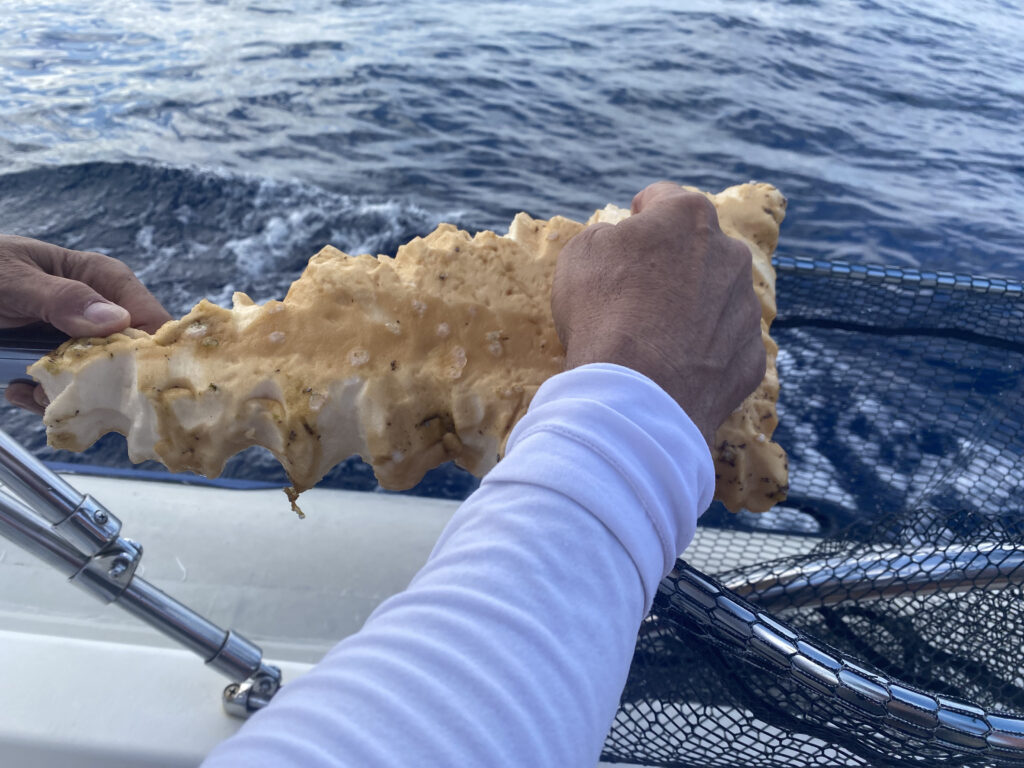
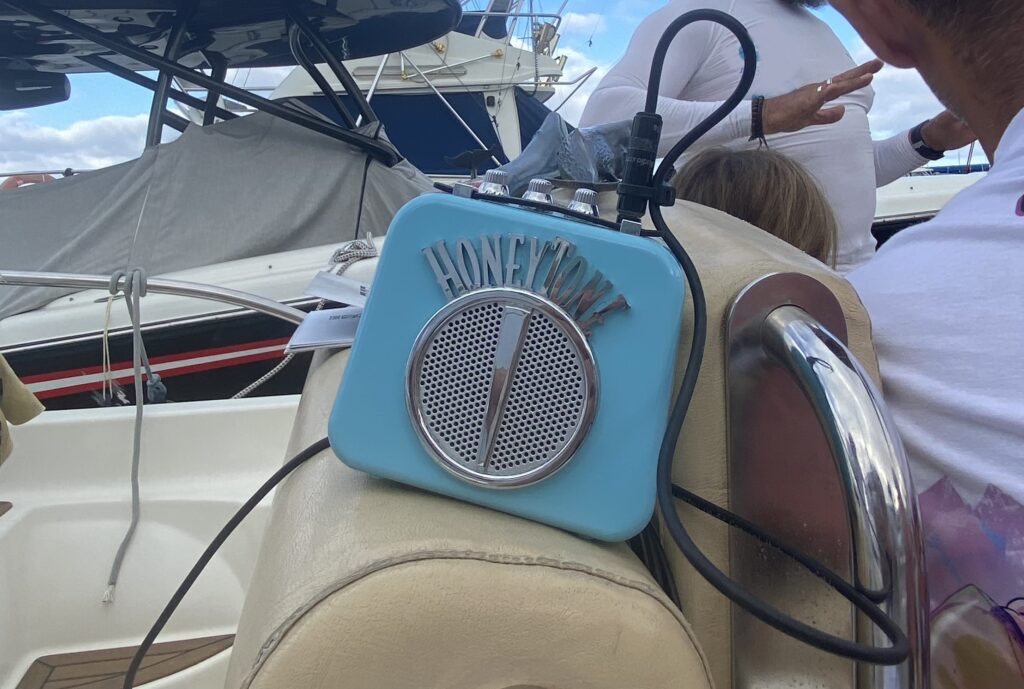
How else can I choose an ethical provider?
Want to check which whale-watching companies are sustainable for yourself? Great! There are a few key things to keep an eye out for. Firstly, you should check to see that your boat has the Barco Azul tag:
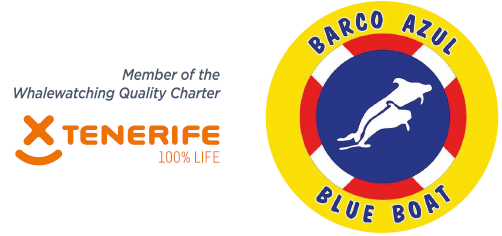
The Barco Azul tag is given to boats who comply to the mandated whale-watching best practices and have been observed by a third-party entity. It indicates that these boats have the proper conservation education and actually follow conservation law.
The boat should also have an additional, separate license authorized by the Tourism Department of the Government of the Canary Islands and the Spanish Ministry of the Environment. This grants the company the legal ability to operate in the Teno-Rasca.
When in doubt, refer to ACEST’s proper whale-watching guide to learn more about boating best practices. Each boat captain should display and follow the following diagram:
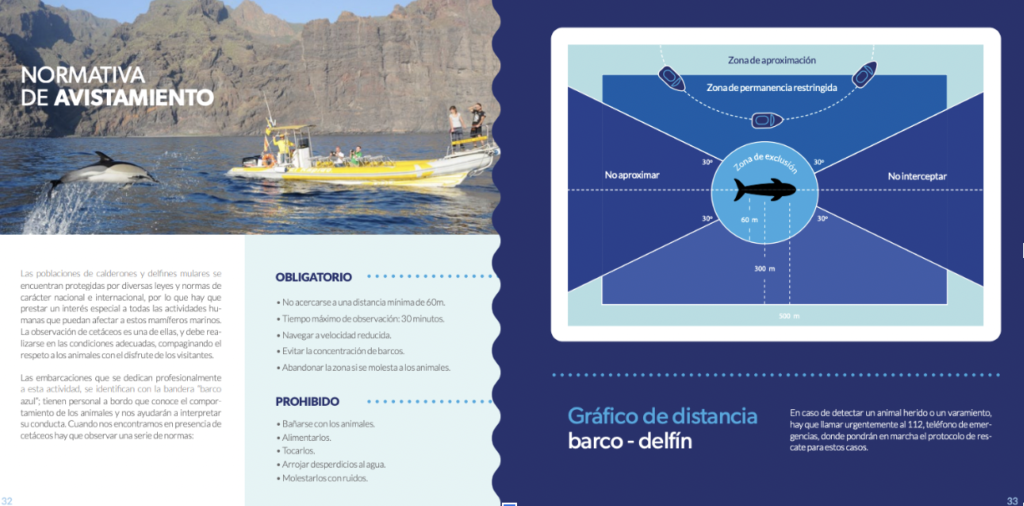
How can I do and learn more?
The easiest ways to do more to protect marine life in Tenerife is to rethink your water activities. While jetskiing and speedboating might be incredibly fun, it’s probably best to rethink these activities within a Marine Protected Area. Additionally, you can:
- Spread awareness
- Research your provider before purchasing tours
- Support ACEST
- Treat all marine life with the utmost respect
- Share this article!
Are you planning a trip to Tenerife, or are looking for more ways to travel sustainably? Leave a comment below!
